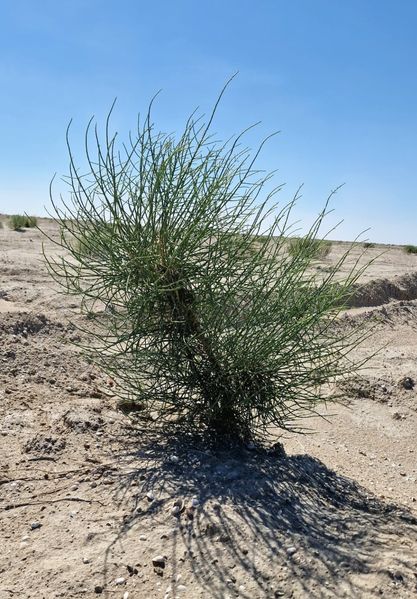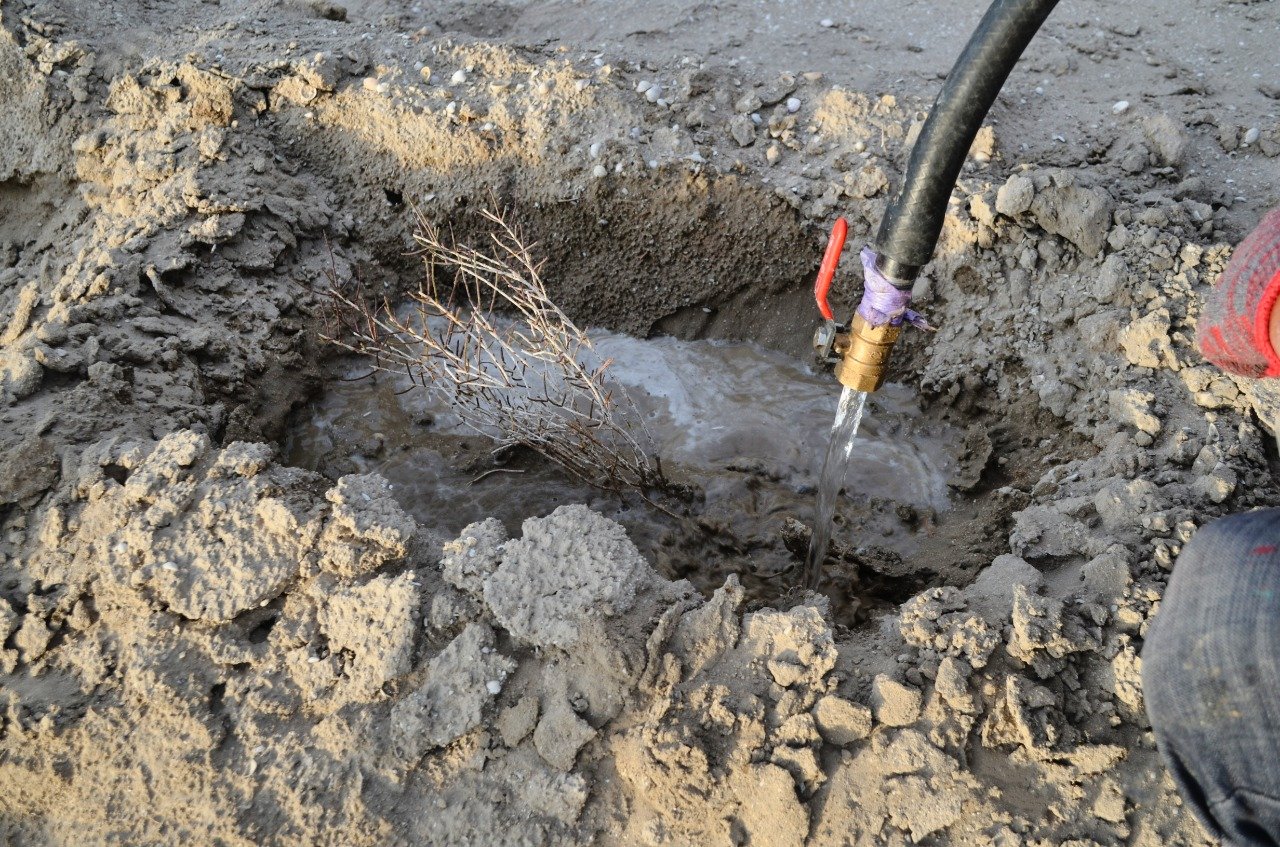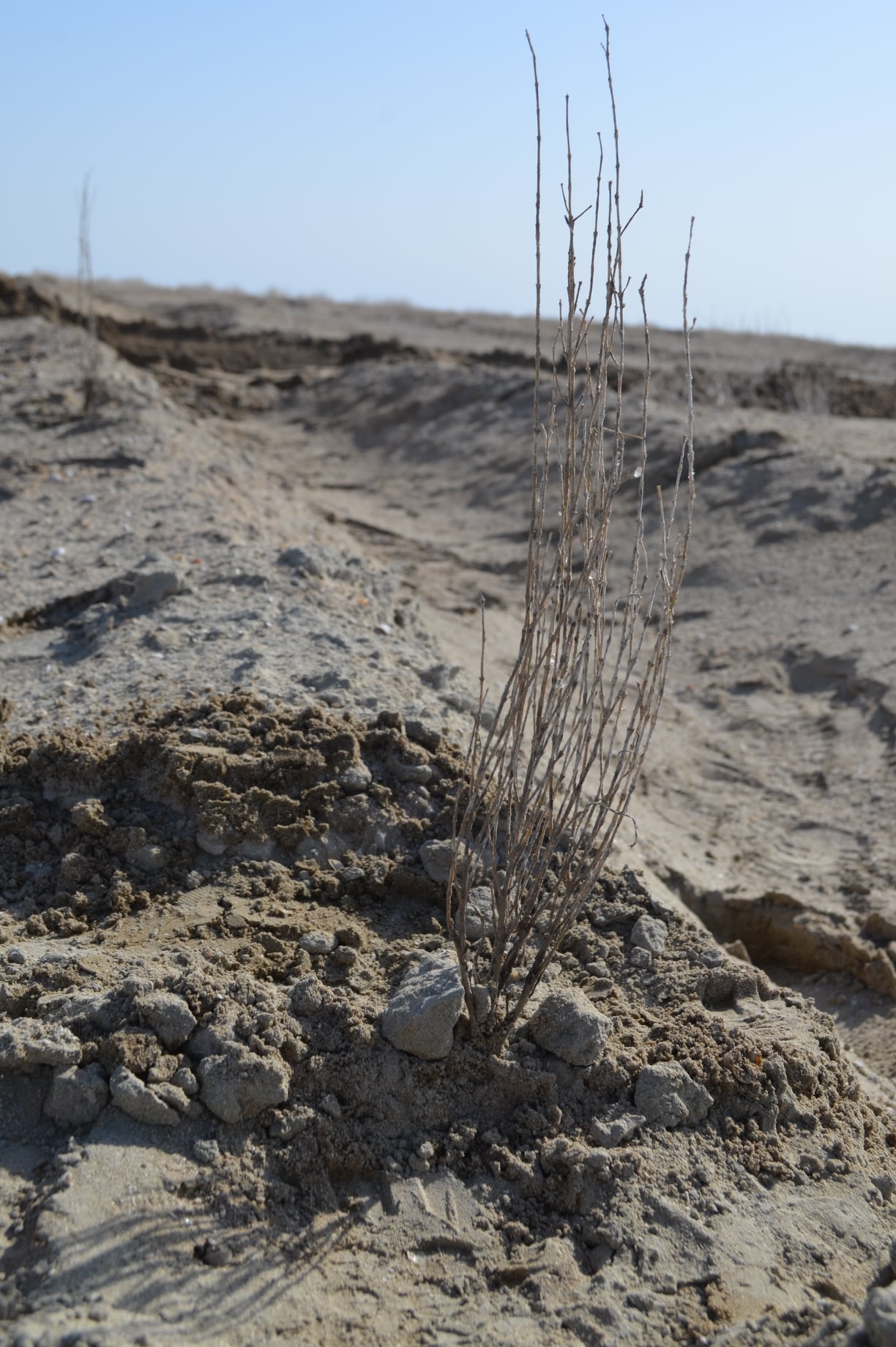News and press releases

Borehole drilling started at the site
This week, USAID Central Asia’s Environmental Restoration of the Aral Sea Activity (ERAS-I) began drilling a borehole well that will be used to water black saxaul at its “Oasis” demonstration site in the dried bottom of the Aral Sea to support restoration of ecosystem over 500 hectares of desert and help reverse nearly 70 years of environmental degradation. Comment. USAID’s work at the Aral Sea will produce important practical and theoretical knowledge on afforestation for climate change resilience that will inform not only regional, but global efforts as well.

World Habitat Day
On this World Habitat Day 2022, the USAID Environmental Restoration of the Aral Sea Activity (ERAS) would like to endorse this year’s theme, “Mind the Gap, Leave No One and Place Behind.” At our Aral Sea “Oasis,” we are working to find solutions to revive and restore the ecosystem in this desertified region. Years of unsustainable water use for agriculture devastated the Aral Sea and the near-complete disappearance of this impressive lake has given way to sand and dust storms that negatively impact human health, forcing many people to leave their homes.At the request of the Government of Kazakhstan, in 2021, USAID began testing the viability of black saxaul at a demonstration site approximately 200 kilometers from the city of Aralsk in western Kazakhstan. Black saxaul is a hardy shrub, able to thrive in low water and high heat. More importantly, the shrub is an important “edificator,” meaning it provides shade and cover for animal and other plants. Also, research has found that one saxaul plant “once mature, can hold up to four tons of sand,” thus offering a strong defense in the quest to mitigate sandstorms in the region.cThese qualities could make black saxaul a suitable choice for setting the foundation for Aral Sea restoration. Over the next two years, USAID will continue to plant the shrub under four different test conditions on 30 five-hectare plots to help determine the most ideal conditions and practices necessary to ensure optimal growth.So, on this World Habitat Day, we join the global call to “Mind the Gap, Leave No One or Place Behind” and steady our commitment to restoring the natural wonder of the Aral Sea and creating improved lives for all people in the region.

First watering cycle started at the dried bottom of the Aral Sea
On June 26, the USAID Environmental Restoration of the Aral Sea Activity started the first watering cycle of 62,500 black saxaul seedlings at “Forest Oasis” site in the northern region of the dried bottom of the Aral Sea.Working in partnership with the Executive Directorate of the International Fund for Saving the Aral Sea of the Republic of Kazakhstan, trucks are delivering 316 tons of water to the Oasis, providing five liters of water per seedling to help the plants overcome the current drought season and high temperatures. These initial waterings will continue over the next several weeks. Through 2023, the saxaul seedlings will be watered four times a year to help them develop strong root systems to reach the deep groundwater sources in this area.When mature, the saxaul will help minimize sand and dust storms that impact human health in the area and provide valuable ground cover that will allow native plants and animals to flourish.The Environmental Restoration of the Aral Sea Activity supports the Government of Kazakhstan’s efforts to restore the Aral Sea ecosystem for its human communities. By using the innovative approaches, the Activity contributes to improving the environmental conditions and socio-economic stability of the region. An additional benefit of the “forest oasis” created will be the increase of plant and soil carbon sequestration to mitigate the effects of climate change.

Start of transplantation of saxaul seedlings on the dried seabed of the Aral Sea
USAID Environmental Restoration of the Aral Sea Activity begins transplantation of saxaul seedlings on the dried seabed of the Aral Sea. Following the request of the Government of Kazakhstan, USAID supports the environmental restoration measures to improve the resilience of landscapes in the Northern Aral Sea zone. In October 2021, USAID initiated the Environmental Restoration of the Aral Sea Activity, and in April 2022, it began its first black saxaul transplantation. The Activity transplanted 62,500 seedlings covering more than 50 ha of territory. In the next two years, a total of 150 ha will be covered with saxaul, forming a forest oasis for 500ha near the village of Karateren. The creation of the oasis system will improve the soil condition and vegetation in a portion of the dry seabed which will support the improvement of the resilience of landscapes. Moreover, the afforestation will help diminish the impact of destructive sandstorms on human health and the environment and increase plant carbon sequestration to mitigate the effects of climate change.


